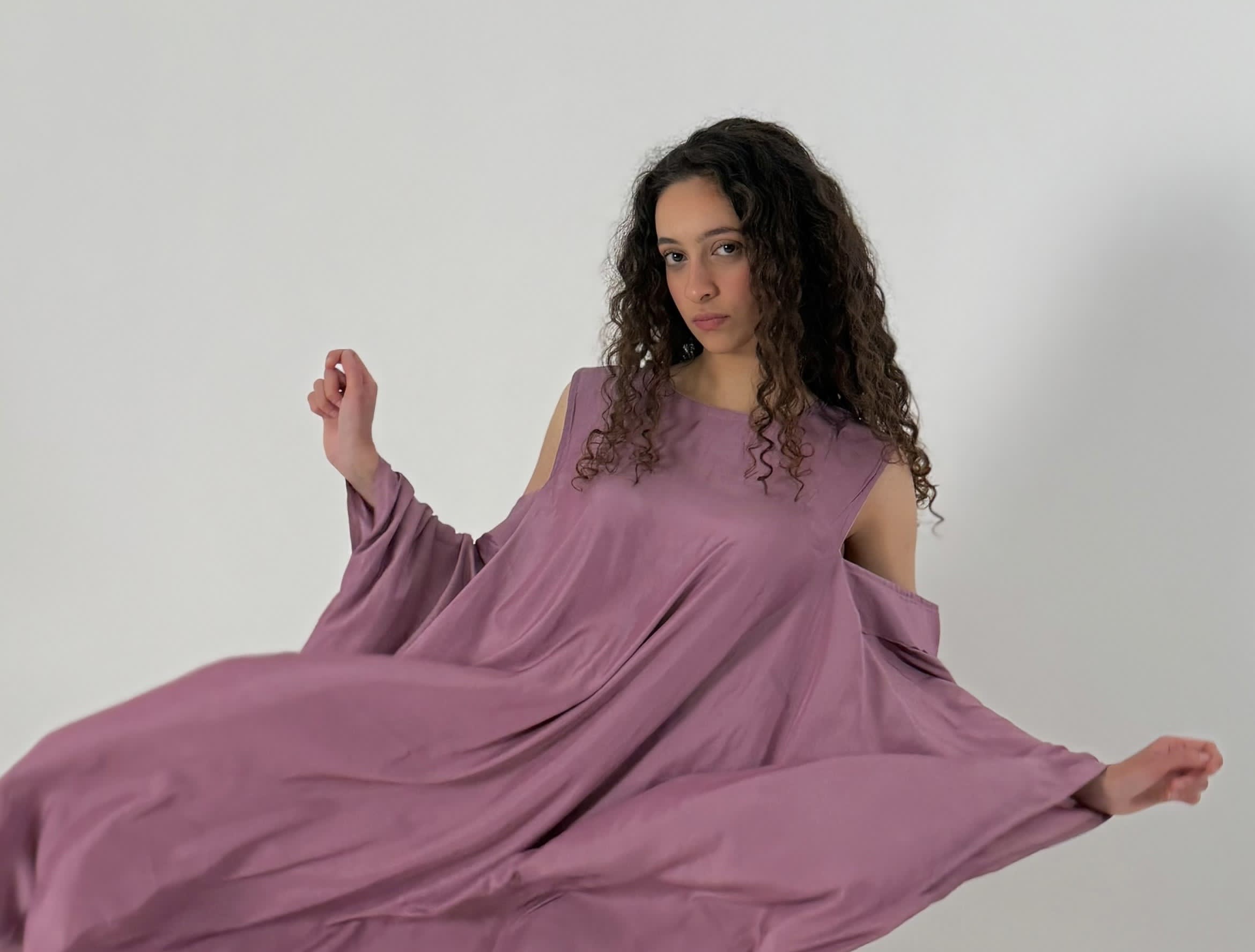Fashion is more than mere clothing—it’s a mirror of society, culture, and identity. In recent years, a compelling shift has occurred: vintage fashion has not only resurfaced but has eclipsed many aspects of present-day fashion in popularity and cultural significance. From high-end fashion runways to Gen Z’s wardrobes, vintage styles from previous decades are being revived, reimagined, and celebrated. This essay explores the multifaceted reasons behind this phenomenon, examining vintage fashion’s rise through cultural nostalgia, sustainability, artistic value, and a growing desire for individuality in an age of mass production.
1. The Power of Cultural Nostalgia
One of the most powerful forces fueling the resurgence of vintage fashion is cultural nostalgia. As society rapidly evolves—often feeling increasingly digital, chaotic, and disconnected—many individuals are drawn to the aesthetics and values of the past. This yearning for bygone eras manifests in the revival of 1970s bohemian chic, 1980s power dressing, and 1990s streetwear.
Popular culture plays a crucial role in this dynamic. Streaming platforms have reintroduced older shows like Friends, Sex and the City, and The Fresh Prince of Bel-Air to new generations, making the fashion of those eras feel not just relevant but aspirational. Additionally, celebrities such as Zendaya, Bella Hadid, and Harry Styles frequently wear vintage or vintage-inspired outfits, further validating and glamorizing retro aesthetics. Vintage clothing allows wearers to participate in a cultural memory—one that often feels more expressive, rebellious, or elegant than current fashion norms.
2. Sustainability and Ethical Awareness
In the wake of the climate crisis, the fashion industry has come under intense scrutiny for its environmental impact. According to the United Nations, fashion is responsible for 10% of global carbon emissions and is the second-largest consumer of the world’s water supply. Fast fashion—cheap, trendy clothes produced quickly to meet consumer demand—has exacerbated this issue, encouraging overconsumption and contributing to the growing problem of textile waste.
Vintage fashion presents a compelling alternative. By reusing garments that already exist, consumers reduce their ecological footprint while still engaging in personal style. Wearing vintage is, in essence, a form of slow fashion—an approach that values quality, longevity, and minimal waste. Thrifting, upcycling, and vintage reselling on platforms like Depop, Poshmark, and Vestiaire Collective have turned sustainability into a trend, particularly among environmentally conscious Gen Z and millennial shoppers. In this sense, vintage is not only fashionable but responsible.
3. The Allure of Craftsmanship and Authenticity
Unlike much of today’s fast fashion, which often sacrifices quality for speed and cost, vintage clothing is often a testament to exceptional craftsmanship. Many garments from the 1950s to the 1990s were constructed with superior fabrics, precise tailoring, and durable finishes. These items were made to last, and their survival into the present day is proof of their enduring value.
Consumers today are increasingly disillusioned with the disposable nature of modern fashion. Vintage clothing offers a refreshing contrast—unique pieces with character, history, and an artisanal touch. Whether it’s a hand-embroidered blouse from the 1970s or a finely tailored blazer from the 1980s, these items often showcase design details and techniques that are rare or cost-prohibitive in mass-produced fashion today.
This authenticity also appeals to the fashion-forward consumer who craves individuality. In a world saturated with identical, algorithm-driven trends, vintage clothing provides the opportunity to build a personal style narrative. It allows the wearer to stand out, to own something no one else has, and to creatively mix the old with the new in a way that feels both stylish and meaningful.
4. Economic and Psychological Dimensions
The economic appeal of vintage fashion cannot be overlooked. In many cases, high-quality vintage items can be found at a fraction of the cost of contemporary designer goods. Thrift stores, flea markets, and online vintage boutiques provide access to luxury fashion without the hefty price tag. Additionally, vintage pieces often hold or increase in value over time, making them more of an investment than fast fashion.
Psychologically, vintage fashion satisfies deeper needs than aesthetics alone. It connects people to a sense of identity, purpose, and belonging. Wearing vintage can feel like reclaiming history, honoring the past, and making a statement against conformity. It’s fashion with depth, fashion with a soul—something many consumers find increasingly lacking in today’s commercialized landscape.
5. Influence of Social Media and Digital Communities
Social media has played a critical role in accelerating the popularity of vintage fashion. Platforms like Instagram, TikTok, and Pinterest are visual spaces that celebrate creativity and expression—ideally suited for showcasing unique, eye-catching outfits. Influencers who specialize in vintage fashion have built massive followings by curating distinctive looks that combine nostalgia, storytelling, and style.
Moreover, online communities have formed around specific subcultures—Y2K fashion, cottagecore, grunge revival, and 90s minimalism—each embracing different eras of vintage. These digital movements encourage experimentation and foster a sense of community among like-minded fashion lovers. Vintage fashion, once associated with niche or alternative scenes, has now become part of the mainstream fashion dialogue thanks to these platforms.
Vintage fashion’s rise over present-day fashion is not a fleeting trend but a reflection of larger societal changes. It represents a deep yearning for quality, sustainability, individuality, and cultural connection in a time when modern fashion often feels impersonal and wasteful. In turning to the past, today’s fashion lovers are not regressing—they’re reimagining. They are crafting a future that honors heritage, embraces authenticity, and champions creativity over conformity. In this way, vintage has not only become hotter than present-day fashion—it has become a symbol of conscious, intentional living in an age of excess.

